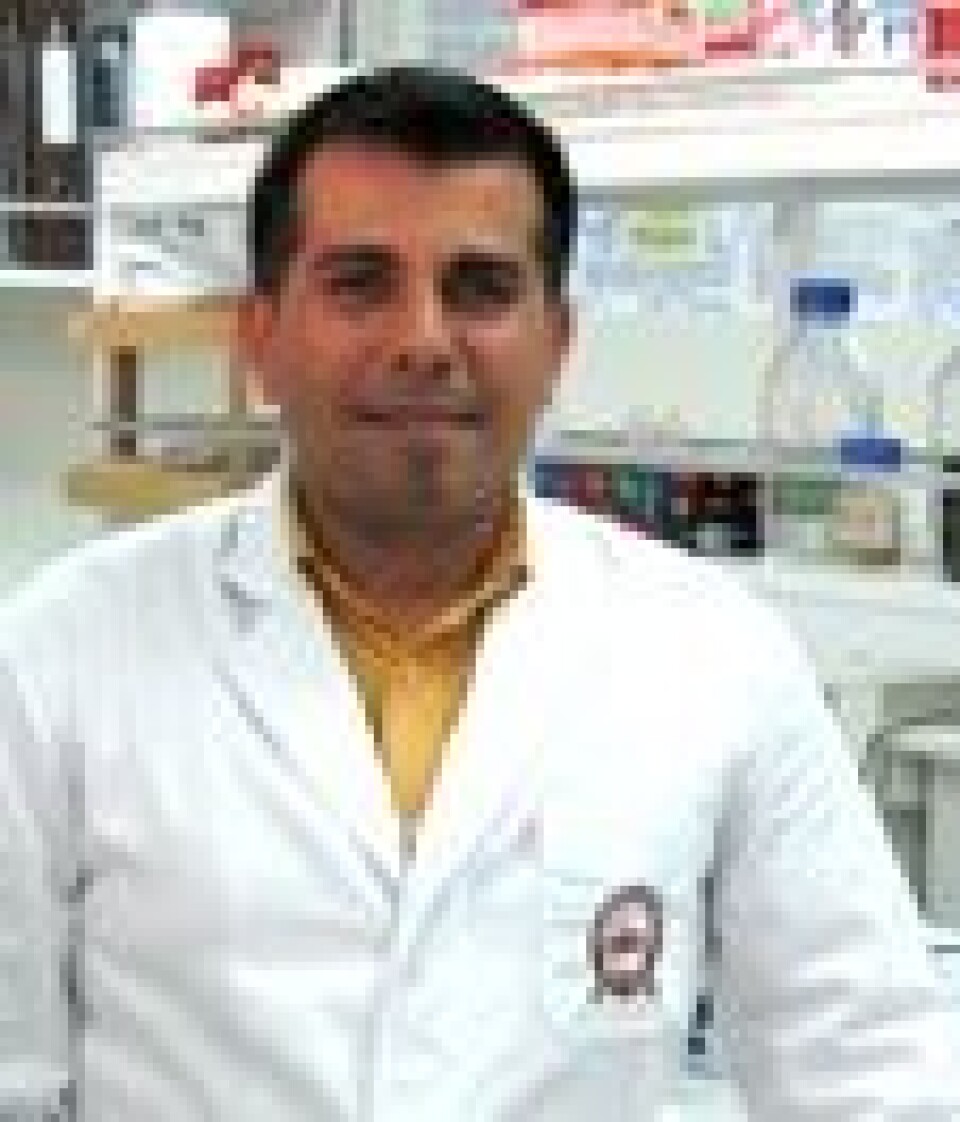
New bacterium found in Atlantic salmon
This finding was published in the International Journal of Systematic and Evolutionary Microbiology, where is explained that “two yellow pigmented bacterial strains isolated from Atlantic salmon from the Chapo lake in Chile were studied in a polyphasic approach. Both isolates were very similar and cells were rod shaped and stained Gram-negative. A comparison of the 16S rRNA gene sequence of both organisms showed 100% identity and 98.9% similarity to Chryseobacterium jeonii. Lower similarities to other Chryseobacterium species were found with 97.5% sequence similarity to Chryseobacterium antarcticum. 16S rRNA gene sequence similarities to all other Chryseobacterium species were below 97.3%. DNA-DNA hybridizations with C. jeonii and C. antarcticum resulted in similarities of 20.7% (reciprocal 15.1%) and 15.7% (reciprocal 25.7%), respectively. These DNA-DNA hybridization results and the differentiating biochemical properties showed, that strains Sa 1147-06T and Sa 1143-06 represent a novel species, for which the name Chryseobacterium chaponense sp. nov. is proposed. The type strain is Sa 1147-06T (= DSM 23145T, = CCM 7737T)”.
According to the University Andrés Bello, the main importance of this results is on the alert sign that it means since “the gender Chryseobacterium is a natural component in the aquatic environment which is even associated in some cases to mix mortalities such in the case of Chryseobacterium piscicola” other bacterial finding of Avendaño in 2009.
Rubén Avendaño also stated that “its similitude with Flavobacterium psychrophilum can lead to a wrong diagnose since the tests usually applied in the diagnostic laboratories are basic and mainly based upon the usage of commercial enzymatic kits, situation not recommendable if there are no complementary studies”.
Therefore, according to Dr. Avendaño "as long as there are no in depth biochemical and genetic characterization, identification of these bacteria is difficult and of high cost due to the type of analysis to be performed as DNA-DNA hybridization, fatty acids analysis and comparisons with all those bacteria that have at least 97% similarity in their 16S ribosomal RNA". In addition, he said that there would be a silent problem “the environmental damage that can be generated by an erroneous bacterial identification and the corresponding measures to combat that infectious outbreak. For example, to date, no vaccines are registered in Chile to prevent flavobacteriosis cases caused by F. psychrophilum, being commonly used antibiotics such as oxytetracycline and florfenicol among others to reduce fish mortalities. However, in the gender of Chryseobacterium is counterproductive, since there are scientific studies that demonstrate resistance to various antibiotics”.
For further information, you can visit the website of the International Journal of Systematic and Evolutionary Microbiology or e-mail Rubén Avendaño to ravendano@unab.cl or to Peter Kämpfer to peter.kaempfer@umwelt.uni-giessen.de.






















































